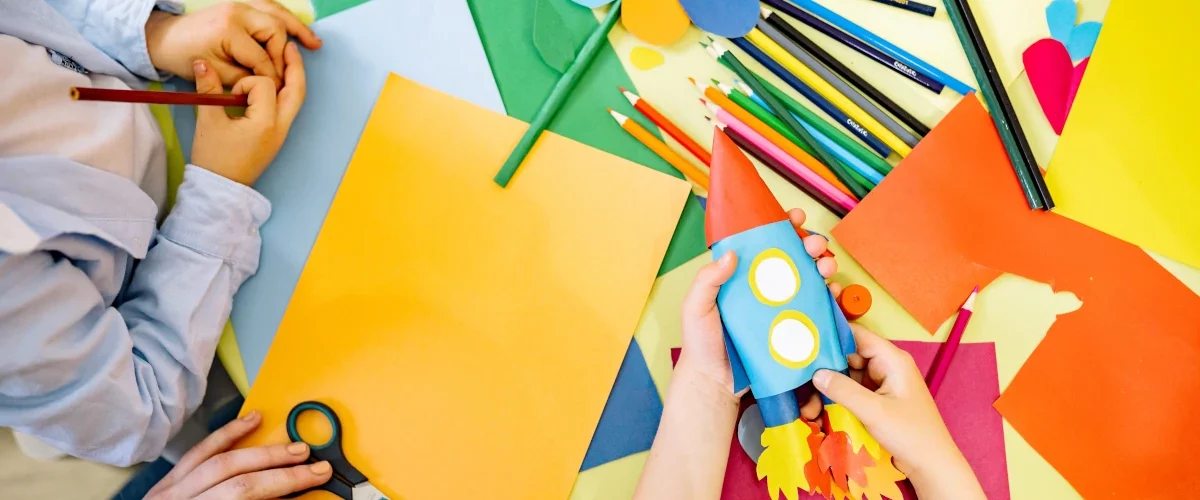Art programs in schools hold immense value. They do more than just teach students how to create art. These programs foster creativity, enhance critical thinking skills, and contribute to emotional development. They are integral to creating well-rounded learners and leaders of tomorrow.
Art Programs and Creativity
Art programs in schools stimulate creativity in students. Through painting, drawing, or sculpting, students learn to think outside the box. They tap into their imagination, inventing unique ideas and solutions. This creativity extends beyond the art room, influencing their approach in other subjects and life situations.
Art education strengthens critical thinking skills. When students analyze art, they engage in problem-solving, decision-making, and interpretive skills. They learn to perceive nuances, recognize patterns, and understand complex visual information. These skills are essential in an increasingly visual and interconnected world.
Emotional Development and Art Education
Art offers a powerful medium for emotional expression and understanding. Through creating art, students explore their feelings. This exploration fosters emotional development and resilience. It also promotes empathy, as students learn to appreciate diverse perspectives through art.
Research shows a positive correlation between art education and academic success. Students involved in art programs often perform better in other subjects. They also show improved attendance and higher graduation rates. Art education doesn’t just create better artists; it creates better students.
The success of art programs in schools isn’t theoretical. Many schools have seen tangible results. Take, for instance, the Turnaround Arts program in the United States. This initiative brings arts education to low-performing schools. The results have been remarkable, with participating schools reporting improved academic performance, increased student and parent engagement, and enhanced school culture.
Conclusion: Championing Art Programs in Schools
The benefits of art programs in schools are profound. Art education fosters creativity, enhances critical thinking, and supports emotional development. It also contributes to academic success. However, despite these benefits, art programs often face budget cuts. It’s crucial for educators, parents, and policymakers to champion art education, recognizing its vital role in student growth and success.
Art in education is more than just an elective. It’s a catalyst for creativity, a tool for critical thinking, and a conduit for emotional development. As we acknowledge and celebrate the benefits of art programs in schools, we take a significant step towards fostering well-rounded, creative, and successful future generations.
Learn more about art at Luxpeer.com
